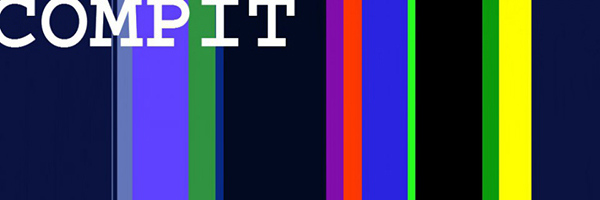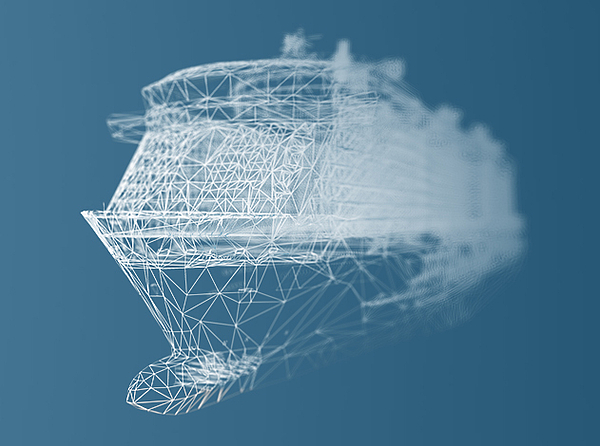
|
PROSTEP to present NAPA-AVEVA Integration at COMPITBy Matthias Grau This year, PROSTEP is sponsoring the COMPIT Conference in Tullamore, Ireland, where it will give a presentation on the integration of shipbuilding design tools in the early development phase. Specifically, the new NAPA-AVEVA interface will be presented and the associated improved possibilities it offers for a continuous integration of data and processes in shipbuilding. 
Companies in the marine and offshore industries are spoilt for choice when it comes to digitizing their business processes: either they opt for a Best of Suite approach, i.e. an integrated solution for ship design from a single manufacturer that may not cover all the functional requirements of the various disciplines and areas. Or they use the best solutions for the various tasks and are therefore faced with the question of how to integrate the digital tool chain in such a way that the data flows as consistently as possible. Both approaches have their advantages and disadvantages, but in most cases the shipbuilders opt for the Best of Breed approach because of their grown IT landscapes. However, it will only be successful if the cost of integrating the tool landscape is lower than the additional effort resulting from the functional limitations of a Best of Suite solution. As a specialist for CAD and PLM integration, PROSTEP will explain to COMPIT participants which requirements they should consider when integrating the tool chain from a business perspective and with a view to the IT organization. The implementation of an interface is not enough. First of all, it must be clarified whether the data should flow in one or both directions, whether all the information required by the target system is available in the source system, whether its data models are compatible, and whether native data or only geometric representations are required. Also important are aspects such as the use of catalog part libraries, which may have to be standardized. In addition, the question arises as to how often data synchronization must take place, which data volumes must be synchronized, and whether the exchange process should be permanently monitored. Only then can you start looking for standard interfaces for importing and exporting data. Using the new NAPA Steel / AVEVA Marine interface as an example, PROSTEP will then explain the challenges of integrating two shipbuilding-specific CAD applications in more detail. PROSTEP presented the interface concept for the first time last autumn at the NAPA User Conference in Helsinki, where it met with great interest. NAPA Steel is mainly used in the early design phase, e.g. for the calculation of buoyancy, drag and maneuverability. However, most shipyards use AVEVA Marine software to design their vessels’ steel structures and outfitting. Although both are intent-driven systems that do not primarily generate explicit geometry but describe the way in which they are generated parametrically and via topological relationships to other elements, the data from NAPA Steel cannot be used one-to-one in AVEVA Marine. The different semantics of the two systems must be mapped to each other in such a way that topology definition, parametric breakthroughs and other features can be transferred in best quality or rebuilt in the target system. The special feature of the import strategy developed by PROSTEP is its high error tolerance: the interface is able to transfer even non-accurately defined topology information in a lower quality, e.g. as pure geometry. The user does not have to read through long error reports to understand which data has which quality, but recognizes this by means of the different color shades. The interface is developed on behalf of NAPA and already supports the transmission of 80 percent of the components in the current development stage. 
|
|
| © PROSTEP AG | ALL RIGHTS RESERVED | IMPRESSUM | DATENSCHUTZERKLÄRUNG | HIER KÖNNEN SIE DEN NEWSLETTER ABBESTELLEN. |

